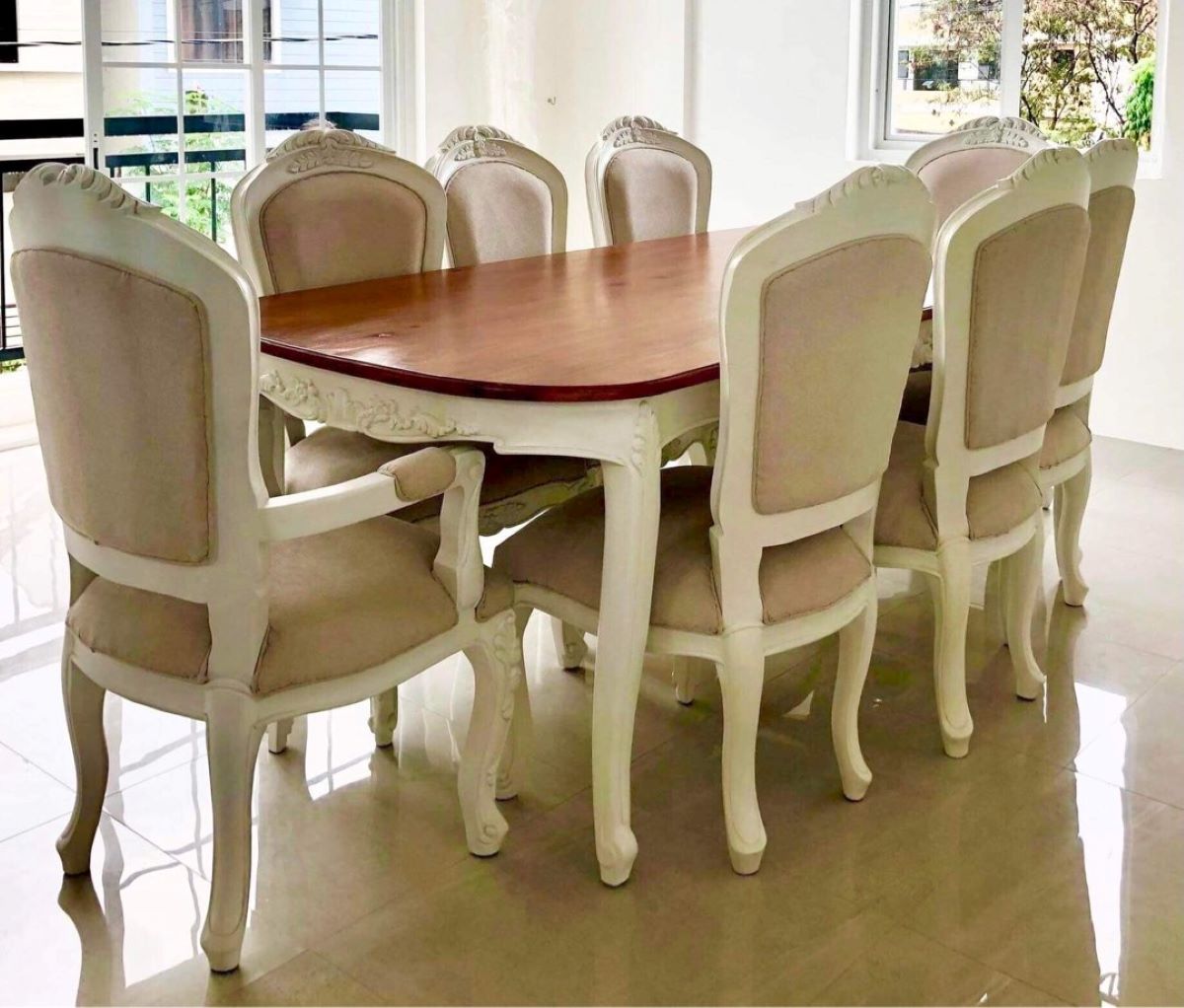

Articles
How To Pick Dining Room Chairs
Modified: December 7, 2023
Discover expert advice on selecting the perfect dining room chairs. Read our informative articles and make the right choice for your home.
(Many of the links in this article redirect to a specific reviewed product. Your purchase of these products through affiliate links helps to generate commission for Storables.com, at no extra cost. Learn more)
Introduction
Choosing the right dining room chairs can be a daunting task. With so many options available in terms of styles, materials, upholstery, size, comfort, durability, and budget, it’s important to carefully consider several factors before making your decision. Whether you’re redesigning your dining space or simply looking to upgrade your current chairs, this guide will provide you with the necessary information to pick the perfect dining room chairs.
When it comes to dining room chairs, they are not only functional pieces of furniture but also play a significant role in enhancing the overall aesthetics of the dining area. The right chairs can add character, style, and comfort to your dining space, creating a welcoming atmosphere for family and guests alike.
To make the process of choosing dining room chairs easier, it’s crucial to take into account various considerations. These include the style options, material choices, upholstery options, size and proportion, comfort and ergonomics, durability and maintenance, as well as your budget and cost considerations.
By understanding and evaluating these key factors, you can ensure that your dining room chairs not only fit seamlessly with your existing decor but also meet your practical needs and personal preferences.
So, let’s dive into each of these considerations in detail to help you make an informed decision when selecting your ideal dining room chairs.
Key Takeaways:
- When choosing dining room chairs, consider style, material, upholstery, size, comfort, durability, and budget. Careful evaluation ensures chairs that enhance aesthetics and meet practical needs.
- Prioritize comfort and ergonomics, durability, and maintenance when selecting dining room chairs. Balancing quality and cost leads to long-lasting, value-driven furniture for enjoyable dining experiences.
Read more: How To Pick Chairs For A Dining Table
Considerations for Choosing Dining Room Chairs
When choosing dining room chairs, there are several key factors to consider in order to find the perfect fit for your space. These considerations will help you narrow down your options and make an informed decision:
- Style: The style of your dining room chairs should complement the overall aesthetic of your dining space. Whether you prefer traditional, modern, rustic, or eclectic styles, choose chairs that harmonize with your existing decor.
- Material: The material of your chairs not only affects their appearance but also impacts their durability and maintenance. Common options include wood, metal, plastic, and upholstered chairs. Consider the durability, ease of cleaning, and comfort level of each material.
- Upholstery: If you opt for upholstered chairs, consider the fabric or leather used. Take into account the level of comfort and the cleaning requirements. Consider how the upholstery will coordinate with your dining table and overall decor.
- Size and Proportion: The size and proportion of the chairs should be in sync with the size of your dining table and the available space in your dining area. Ensure that the chairs fit comfortably around the table without being too crowded or overpowering the space.
- Comfort and Ergonomics: Comfort is crucial when choosing dining chairs, as they are meant to be sat in for extended periods. Look for chairs with adequate padding, supportive backrests, and ergonomic design. Consider the height and width of the seat, as well as the angle of the backrest.
- Durability and Maintenance: Consider how well the chairs will hold up over time and how easy they are to clean and maintain. Sturdy construction, quality craftsmanship, and stain-resistant materials are desirable attributes.
- Budget and Cost Considerations: Set a budget for your dining room chairs and consider the cost of various options within your price range. Remember that investing in higher quality chairs can result in longer-lasting and more durable furniture.
By carefully considering these factors, you can narrow down your options and find dining room chairs that not only fit your style preferences but also meet your practical needs. Continue reading to explore more about the various style options, materials, upholstery, size, comfort, durability, and budget considerations for dining room chairs.
Style Options for Dining Room Chairs
When it comes to style options for dining room chairs, the possibilities are endless. The style you choose will greatly impact the overall look and feel of your dining space. Here are some popular style options to consider:
- Traditional: Traditional dining room chairs exude elegance and sophistication. They often feature ornate details, such as carved woodwork and upholstered seats. These chairs are perfect for creating a classic and timeless ambiance in your dining area.
- Modern: If you prefer a sleek and minimalistic look, modern dining room chairs are the way to go. Clean lines, smooth finishes, and understated designs are common characteristics of modern chairs. They can lend a contemporary and chic vibe to your dining space.
- Rustic: Rustic-style dining room chairs are ideal for those who appreciate a cozy and warm aesthetic. These chairs often have a distressed or weathered look, evoking a sense of rustic charm. Natural materials like wood or woven materials are commonly found in rustic chairs.
- Eclectic: For a more eclectic and adventurous style, consider mixing and matching chairs with different designs, colors, or materials. Eclectic dining room chairs allow you to showcase your creativity and create a unique and personalized look in your dining space.
- Mid-Century Modern: Mid-century modern chairs are inspired by designs from the mid-20th century. They typically feature clean lines, organic shapes, and a combination of wood and plastic or metal materials. These chairs can add a vintage touch and a sense of retro coolness to your dining area.
When choosing the style of your dining room chairs, it’s important to consider the overall decor of your dining space. If you have a specific theme or design concept, select chairs that align with it. You can also mix different styles to create an eclectic or personalized look.
Additionally, keep in mind the practicality of the style you choose. Consider factors such as ease of cleaning, comfort level, and durability. While style is important, it should not overshadow the functionality and usability of the chairs.
By carefully selecting the style that best suits your taste and complements your dining area, you can create a cohesive and visually appealing space for enjoyable dining experiences.
Material Options for Dining Room Chairs
The choice of material for your dining room chairs is not only important for their aesthetic appeal but also for their durability, maintenance, and overall comfort. Here are some common material options to consider when selecting dining room chairs:
- Wood: Wood is a classic and versatile material for dining room chairs. It offers a timeless appeal and can complement a variety of decor styles. Wooden chairs can be crafted from various types of wood, such as oak, walnut, mahogany, or cherry. They are durable, sturdy, and often have a warm and natural look. Wood can be stained or painted to match your preferred color scheme.
- Metal: Metal dining room chairs provide a sleek and contemporary look. They are lightweight, easy to clean, and often stackable, making them a practical choice for smaller spaces. Metal chairs are available in different finishes, such as chrome, stainless steel, or powder-coated options. They can bring a modern and industrial touch to your dining area.
- Plastic: Plastic chairs are lightweight, affordable, and available in a variety of colors. They are easy to clean and maintain, making them a popular choice for households with children. Plastic chairs are versatile and can be used both indoors and outdoors. They offer a modern and minimalist aesthetic to your dining space.
- Upholstered: Upholstered dining room chairs provide both comfort and style. They are typically made with a combination of a wooden or metal frame and a padded seat and backrest. The upholstery can be fabric or leather, offering different textures and colors to choose from. Upholstered chairs provide a plush and inviting seating option, perfect for longer dinner parties.
- Woven: Woven dining room chairs feature seats or backs made from materials like rattan, wicker, or cane. They have a natural and relaxed look, ideal for creating a coastal or tropical ambiance. Woven chairs can offer comfort and flexibility, and they add a touch of texture and visual interest to your dining area.
When selecting the material for your dining room chairs, consider factors such as durability, maintenance, comfort, and the overall style you want to achieve. Keep in mind that different materials require different levels of care and cleaning. Also, consider the level of support and cushioning you desire when choosing upholstered chairs.
Ultimately, choose a material that not only matches your aesthetic preferences but also suits your lifestyle and will withstand the wear and tear of regular use.
Upholstery Options for Dining Room Chairs
Upholstered dining room chairs add a touch of comfort and elegance to your dining space. The choice of upholstery can greatly impact the overall look and feel of your chairs. Here are some popular upholstery options to consider:
- Fabric: Fabric upholstery offers a wide range of colors, patterns, and textures to choose from. It allows you to add a pop of color or incorporate a pattern that complements your dining area. Fabric upholstery provides a soft and comfortable seating surface. Opt for durable and stain-resistant fabrics that are easy to clean, especially if you have young children or frequently host dinner parties.
- Leather: Leather upholstery exudes a luxurious and sophisticated look. It adds a touch of elegance to your dining room chairs and provides a durable and long-lasting seating option. Leather upholstery is easy to clean and maintain, making it a practical choice for busy households. Keep in mind that leather can develop a beautiful patina over time.
- Vinyl: Vinyl upholstery offers a budget-friendly alternative to leather. It can mimic the look and feel of leather while being easier to clean and maintain. Vinyl upholstery is available in a variety of colors and finishes. Consider vinyl upholstery if you want a leather-like appearance without the higher price tag.
- Microfiber: Microfiber upholstery is known for its durability and stain resistance. It is a synthetic fabric that is soft and comfortable to sit on. Microfiber is easy to clean and can withstand regular use and spills. It is a popular choice for families with young children or pets.
- Woven: Woven upholstery, such as rattan or wicker, provides a natural and textured look. It adds an element of warmth and a relaxed vibe to your dining area. Woven upholstery can be a great choice for creating a coastal or tropical-inspired space.
When selecting the upholstery for your dining room chairs, consider not only the visual appearance but also the practicality and maintenance required. Think about the level of comfort you desire and how the upholstery will align with the overall style and decor scheme of your dining space.
Remember that upholstered chairs may require occasional cleaning or protection to maintain their appearance. Some fabrics have specific cleaning guidelines, so it’s important to follow the manufacturer’s instructions for care and maintenance.
Overall, choosing the right upholstery for your dining room chairs adds a layer of comfort and enhances the overall aesthetics of your dining space. Select an upholstery option that suits your personal style, preferences, and practical needs.
When picking dining room chairs, consider the size of your dining table and the space available. Make sure the chairs are comfortable and complement the style of the room.
Read more: How To Pick A Dining Room Table
Size and Proportion of Dining Room Chairs
The size and proportion of your dining room chairs are crucial factors to consider to ensure they fit comfortably in your dining space and create a visually balanced look. Here are some important considerations related to the size and proportion of dining room chairs:
1. Chair Height: The height of the chairs should be in proportion to the height of your dining table. The standard height for dining chairs is around 18 inches to 20 inches from the floor to the seat. This allows for comfortable seating and easy movement in and out of the chair.
2. Seat Width: The width of the chair’s seat should provide enough space for individuals to sit comfortably. Generally, a width of around 18 inches to 22 inches is considered suitable. Keep in mind that wider seats can provide more comfort for longer dining sessions.
3. Chair Depth: The depth of the chair is also important to ensure proper legroom and comfort. Aim for a chair depth of around 18 inches to 24 inches. Chairs that are too deep may make sitting uncomfortable, while chairs that are too shallow may not provide enough support.
4. Backrest Height: The height of the backrest is essential for providing support and comfort to those seated. Opt for chairs with backrests that reach at least halfway up the back for optimum support. Taller backrests can provide additional support for the upper back and shoulders.
5. Proportion to the Dining Table: The size and proportion of the chairs should be in line with the dimensions of your dining table. Avoid chairs that are too small or too large for the table, as this can create an unbalanced and awkward look. Ideally, the chairs should tuck neatly under the table when not in use.
6. Air Space: Consider the available space around the table and between the chairs. Leave enough room for people to comfortably move around and slide in and out of their seats. This is particularly important if you have a smaller dining area.
When determining the size and proportion of your dining room chairs, take into account the dimensions of your dining space, the number of chairs needed, and the overall style and aesthetic you want to achieve. It’s a good idea to measure your dining area and consult the furniture dimensions before making your selection.
By carefully considering the size and proportion of your dining room chairs, you can ensure that they fit seamlessly with your dining table and create a harmonious and comfortable setting for your dining experiences.
Comfort and Ergonomics of Dining Room Chairs
Ensuring the comfort and ergonomics of your dining room chairs is essential for creating an enjoyable dining experience. Here are some key factors to consider when evaluating the comfort and ergonomics of dining room chairs:
1. Seat Padding: Chairs with adequate seat padding offer better comfort, especially for longer dining sessions. Look for chairs with enough cushioning to provide a comfortable seating surface. Foam or memory foam padding can offer optimal support and contour to the body’s shape.
2. Backrest Support: The backrest of the chair should provide proper support for the back and promote good posture. Look for chairs with a curved or contoured backrest that naturally aligns with the spine’s curve. This helps prevent discomfort and promotes healthy sitting habits.
3. Armrests (Optional): If you prefer chairs with armrests, ensure that they are at a comfortable height and width. Armrests provide additional support for the arms and can reduce strain on the shoulders. However, make sure the armrests do not hinder movement or prevent the chairs from easily sliding under the dining table.
4. Seat Height: The seat height should allow for easy and comfortable seating. Ideally, the chair’s seat should be positioned at a height that allows the feet to rest flat on the floor, with the knees bent at approximately a 90-degree angle. This promotes proper posture and reduces strain on the legs and back.
5. Ergonomic Design: Chairs with ergonomic design elements ensure optimal comfort and support. Look for chairs that have contoured seats, lumbar support, and adjustable features. Ergonomic chairs are designed to reduce the risk of muscle fatigue, discomfort, and long-term health issues related to poor seating posture.
6. Material and Upholstery: The choice of material and upholstery can also enhance comfort. Soft, breathable fabrics or leathers can provide a more comfortable seating surface. Consider materials that are easy to clean and maintain, particularly if you have young children or frequently host gatherings.
7. Test and Try: When possible, it’s always beneficial to try out the chairs in person before making a purchase. Sit in the chairs and evaluate their comfort and how well they support your body. Consider factors such as seat height, backrest angle, and overall feel. This can help you determine if the chairs meet your comfort and ergonomic requirements.
Remember that everyone’s idea of comfort may vary, so it’s important to select dining room chairs that suit your individual preferences and specific comfort needs.
By prioritizing comfort and ergonomics when choosing your dining room chairs, you can create a welcoming and enjoyable space for gathering, dining, and making lasting memories.
Durability and Maintenance of Dining Room Chairs
When investing in dining room chairs, it’s important to consider their durability and maintenance requirements. Here are some key factors to keep in mind:
1. Construction and Materials: The construction of the chairs plays a significant role in their durability. Look for chairs made from high-quality materials and sturdy craftsmanship. For wooden chairs, ensure that they are properly constructed with reinforced joints and solid wood. Metal chairs should be made from durable metals such as steel or aluminum. Consider the weight capacity of the chairs to ensure they can support the intended users.
2. Material Quality: The quality of the materials used will determine the chairs’ durability. For upholstered chairs, choose fabrics or leathers that are stain-resistant, easy to clean, and durable. Opt for materials that can withstand regular use and are resistant to fading, ripping, or tearing. It’s essential to select materials that fit your lifestyle and are suitable for your household’s needs.
3. Finish and Coating: For wooden or metal chairs, the finish and coating play a crucial role in their durability and resistance to wear and tear. Look for chairs with a durable and protective finish that can withstand spills, scratches, and everyday use. Clear coating or protective layers can also help preserve the chairs’ appearance and prevent damage from moisture or UV rays.
4. Maintenance Requirements: Consider the maintenance needs of the chairs. Some materials are easier to clean and maintain than others. Wooden chairs may require periodic polishing or re-staining to maintain their luster. Upholstered chairs may need regular vacuuming or spot cleaning. It’s important to choose chairs that are within your willingness and ability to maintain properly.
5. Cleaning Instructions: Follow the manufacturer’s cleaning instructions for your dining room chairs. Each material may have specific cleaning guidelines to ensure their longevity. For example, certain fabrics may require professional cleaning, while others may be machine washable or easy to spot clean. Adhering to proper cleaning practices will help preserve the chairs and keep them looking their best.
6. Consider your Lifestyle: Take into account your lifestyle and how the chairs will be used. If you have young children or pets, it may be wise to choose materials that are more durable and resistant to stains or damage. Additionally, if you frequently host gatherings or events, selecting chairs that can withstand heavy use is essential for their longevity.
By selecting dining room chairs with durability in mind and properly maintaining them, you can ensure that they will continue to serve you well for years to come. Regular maintenance and care will prolong their lifespan and keep them looking beautiful in your dining space.
Budget and Cost Considerations for Dining Room Chairs
When shopping for dining room chairs, it’s important to establish a budget and consider the cost implications. Here are some key factors to keep in mind when it comes to budget and cost considerations:
1. Determine Your Budget: Before browsing for dining room chairs, establish a budget range that you’re comfortable with. Consider how much you’re willing to invest in this furniture piece, keeping in mind other expenses related to your dining room makeover or renovation.
2. Quality vs. Price: While it can be tempting to opt for the cheapest options available, it’s important to find a balance between quality and price. Higher-quality dining room chairs may come with a higher price tag, but they often offer better durability, comfort, and long-term value. Consider the materials, construction, and reputation of the manufacturer when evaluating the quality of the chairs.
3. Consider the Number of Chairs Needed: The cost of dining room chairs will depend on the quantity needed. Assess the number of chairs required based on the seating capacity of your dining table and the space available in your dining area. If you’re on a limited budget, you may need to prioritize and purchase chairs gradually as your budget allows.
4. Explore Different Options: Take the time to explore different options, brands, and retailers to find the best value for your money. Compare prices, features, and customer reviews to make an informed decision. Don’t be afraid to look for deals, discounts, or sales events that may help you get quality chairs at a more affordable price.
5. Consider Long-Term Investment: Keep in mind that dining room chairs are a long-term investment. While it can be tempting to opt for the cheapest options available, remember that investing in higher-quality chairs can result in longer-lasting furniture. Spending a little more upfront may save you money in the long run by avoiding the need to replace chairs sooner.
6. Maintenance and Repair Costs: Factor in the maintenance and repair costs associated with the chairs. Some materials may require more significant maintenance or may be more prone to damage. Consider the lifespan of the material and any potential costs associated with repairs or replacements in the future.
Ultimately, the budget and cost considerations for dining room chairs will depend on your personal financial situation and priorities. It’s essential to strike a balance between your budget and the quality and features you desire in your dining room chairs.
By taking these factors into account, you can make a budget-conscious decision without compromising on quality or style, and find dining room chairs that provide both value for your money and long-lasting enjoyment.
Read more: How Tall Is A Dining Room Chair
Conclusion
Choosing the perfect dining room chairs involves careful consideration of various factors, including style options, material choices, upholstery options, size and proportion, comfort and ergonomics, durability and maintenance, as well as budget and cost considerations. By taking the time to evaluate each of these aspects, you can ensure that the chairs you select not only enhance the aesthetic appeal of your dining space but also meet your practical needs and preferences.
When it comes to style options, consider your existing decor and personal taste. Whether you prefer traditional, modern, rustic, eclectic, or mid-century modern styles, there are chairs available to suit every preference. Selecting the right material is crucial for durability and maintenance. Wood, metal, plastic, or upholstered chairs each have their unique qualities, so choose the material that aligns with your lifestyle and desired aesthetic.
Upholstery options can add comfort and elegance to your dining room chairs. Consider fabrics, leathers, vinyl, microfiber, or woven materials that offer both style and practicality. Pay close attention to the size and proportion of the chairs in relation to your dining table and available space. Ensuring comfort and ergonomics is essential for enjoyable dining experiences, so look for chairs with adequate padding, backrest support, and ergonomic design.
When it comes to durability and maintenance, opt for chairs made from high-quality materials with sturdy construction. Consider the maintenance requirements of the chairs and choose materials that are easy to clean and maintain, depending on your lifestyle and household needs. Lastly, establish a budget range and consider the long-term value and investment of the chairs.
By carefully considering each of these factors, you can confidently select dining room chairs that not only fit seamlessly with your decor but also provide a comfortable and inviting space for memorable meals and gatherings with family and friends.
So, take the time to explore the options available, test out chairs for comfort, and select the perfect combination of style, material, upholstery, size, and budget that suits your unique preferences. With thoughtful consideration, you’ll be able to find dining room chairs that enhance the beauty and functionality of your dining space for years to come.
Frequently Asked Questions about How To Pick Dining Room Chairs
Was this page helpful?
At Storables.com, we guarantee accurate and reliable information. Our content, validated by Expert Board Contributors, is crafted following stringent Editorial Policies. We're committed to providing you with well-researched, expert-backed insights for all your informational needs.
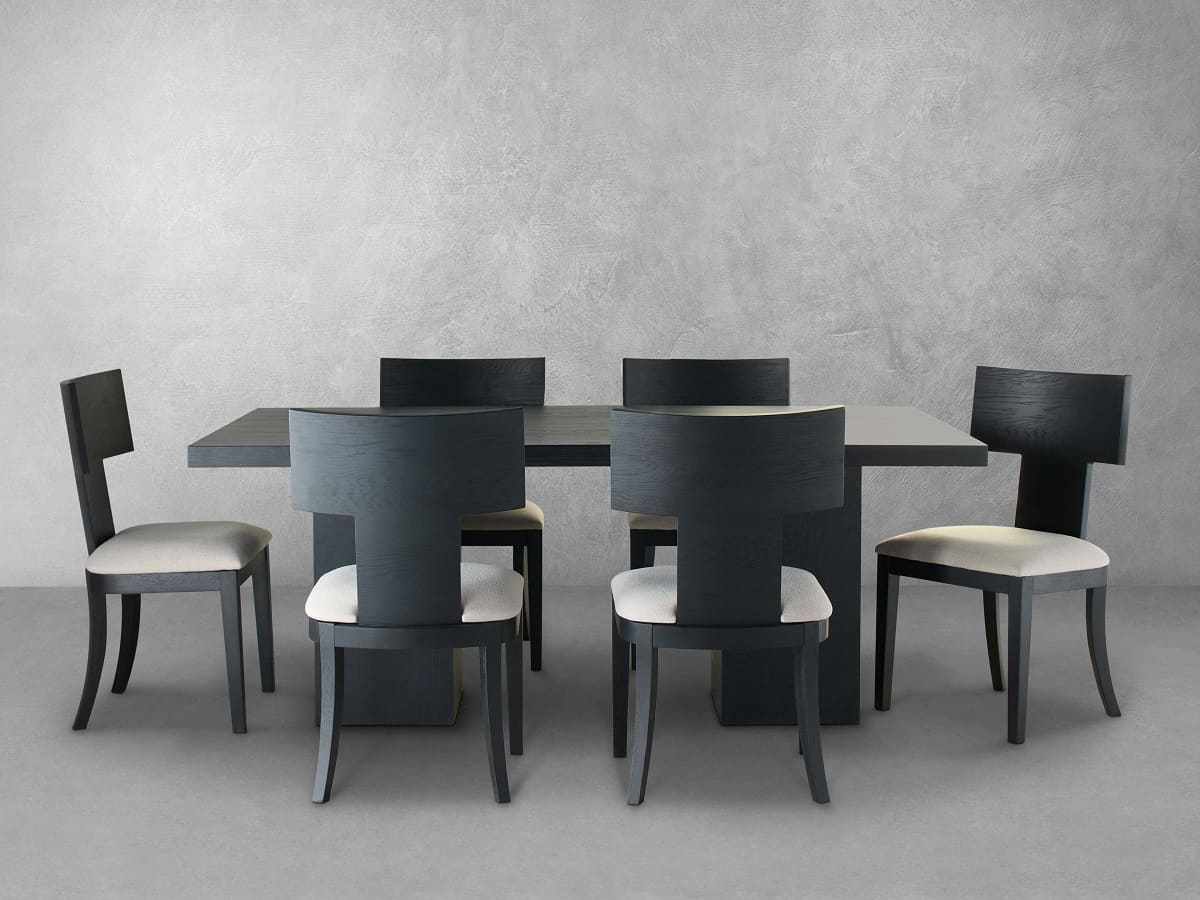
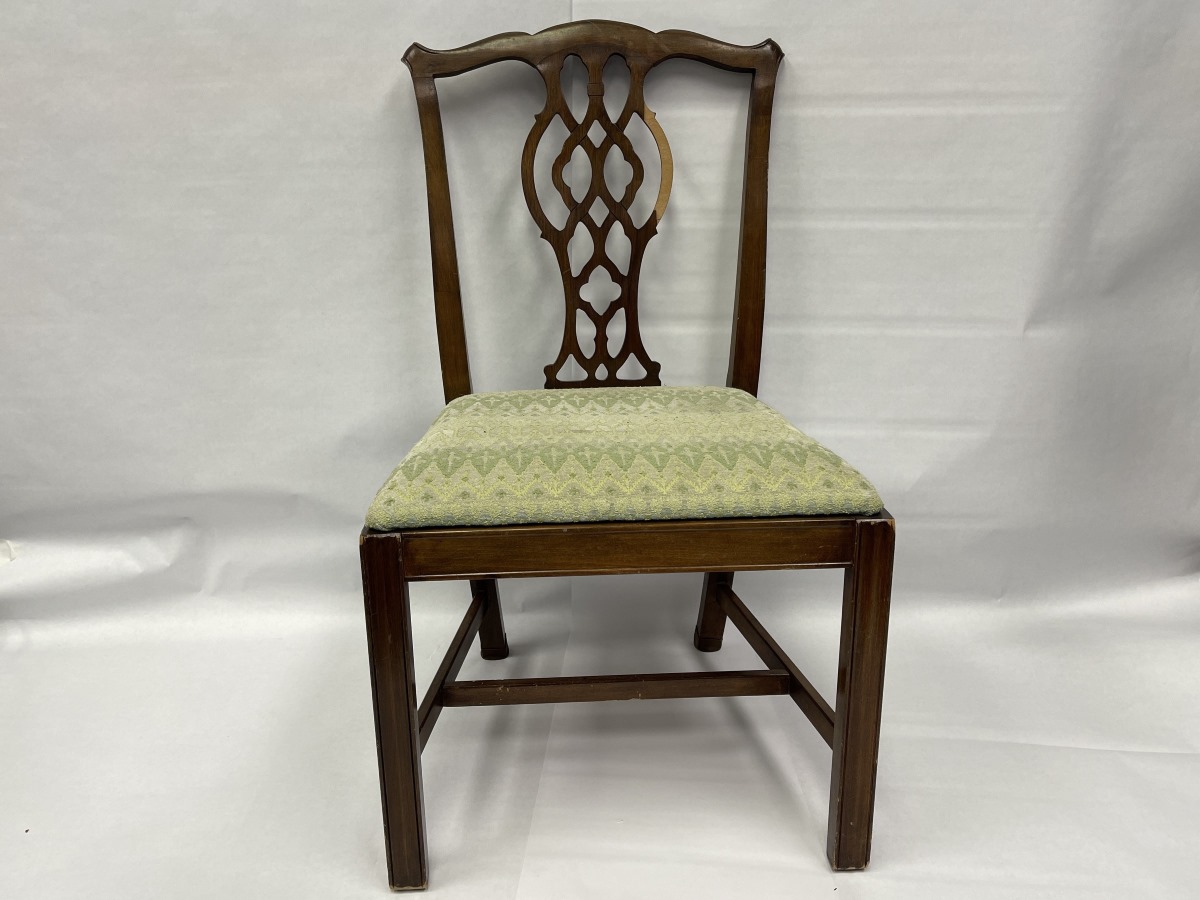

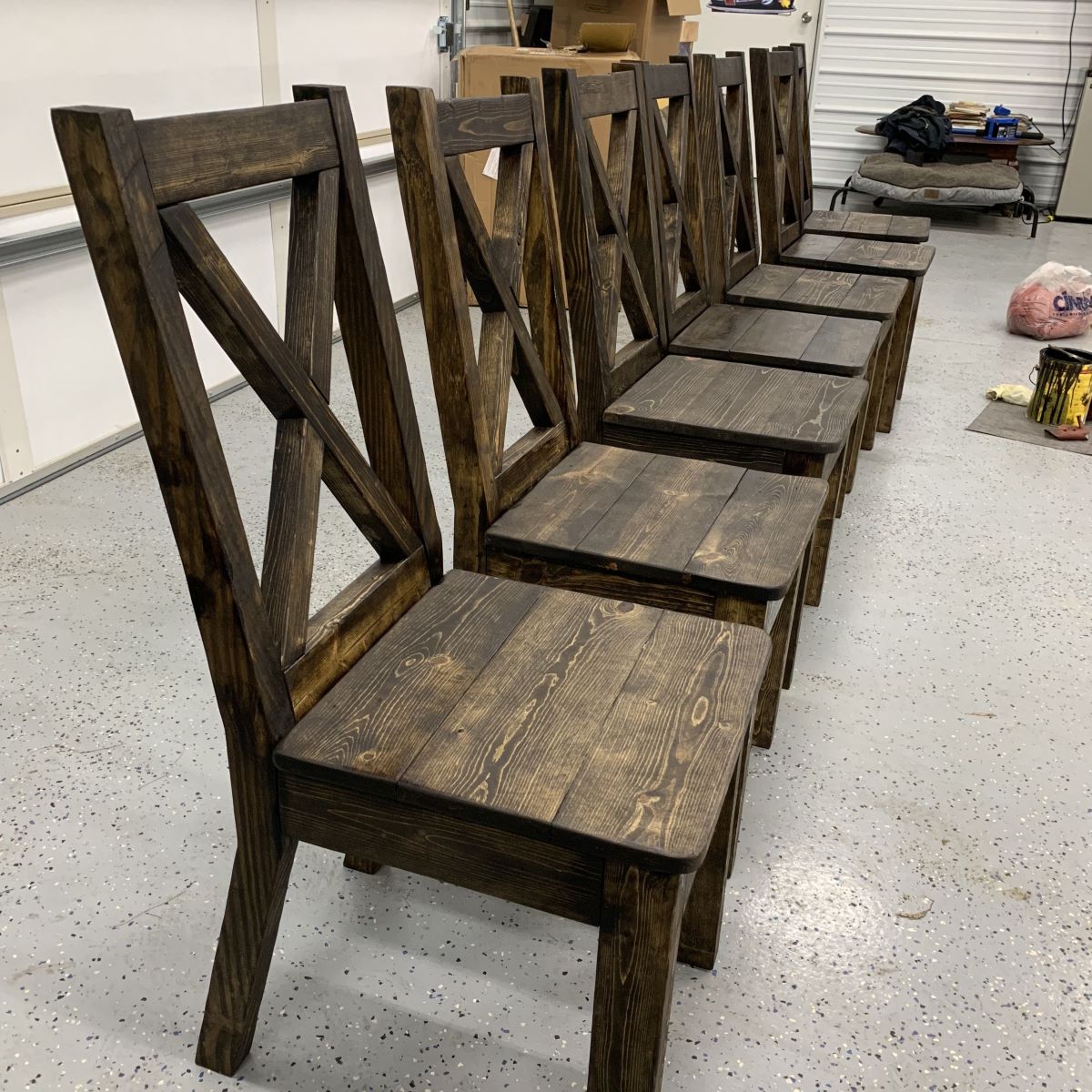
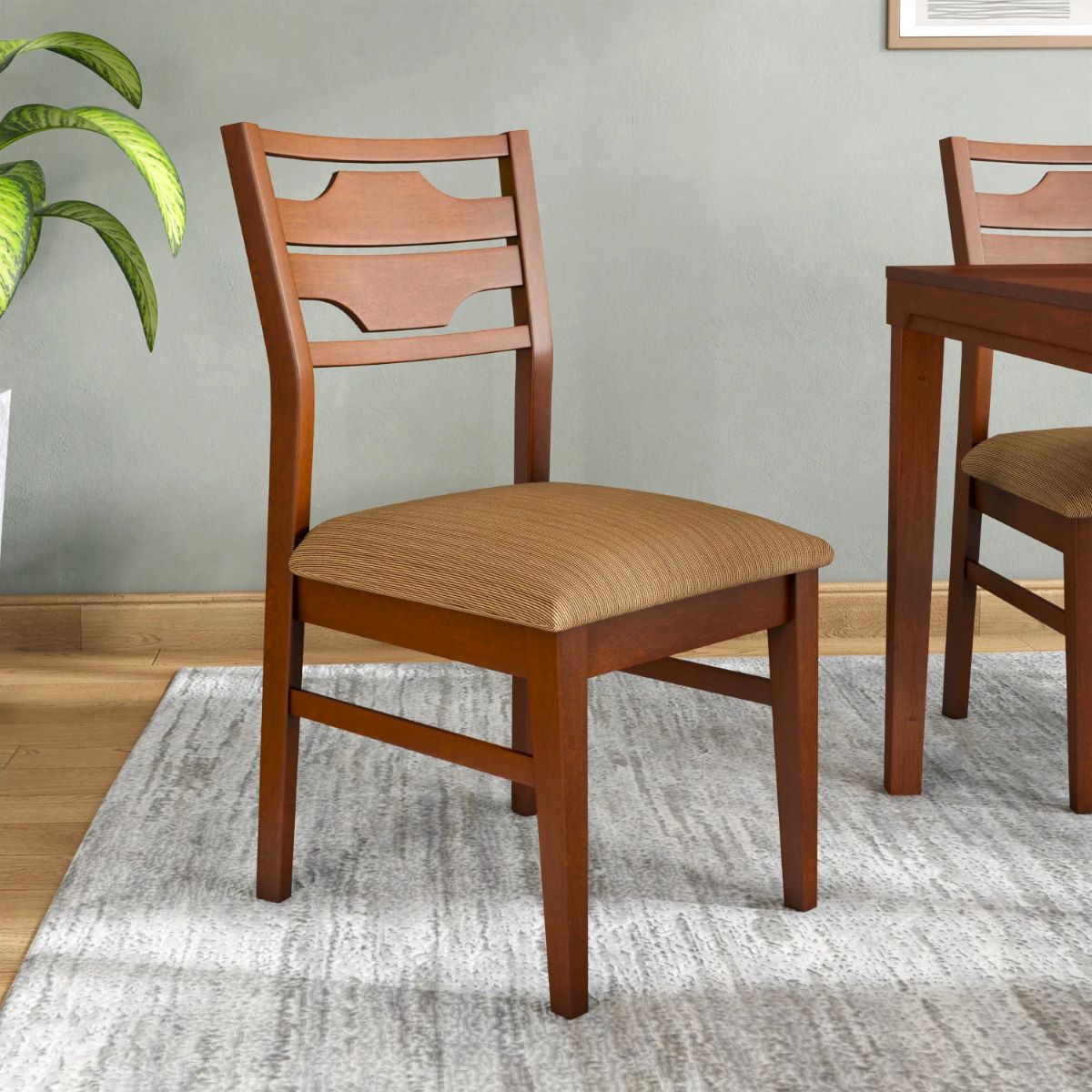
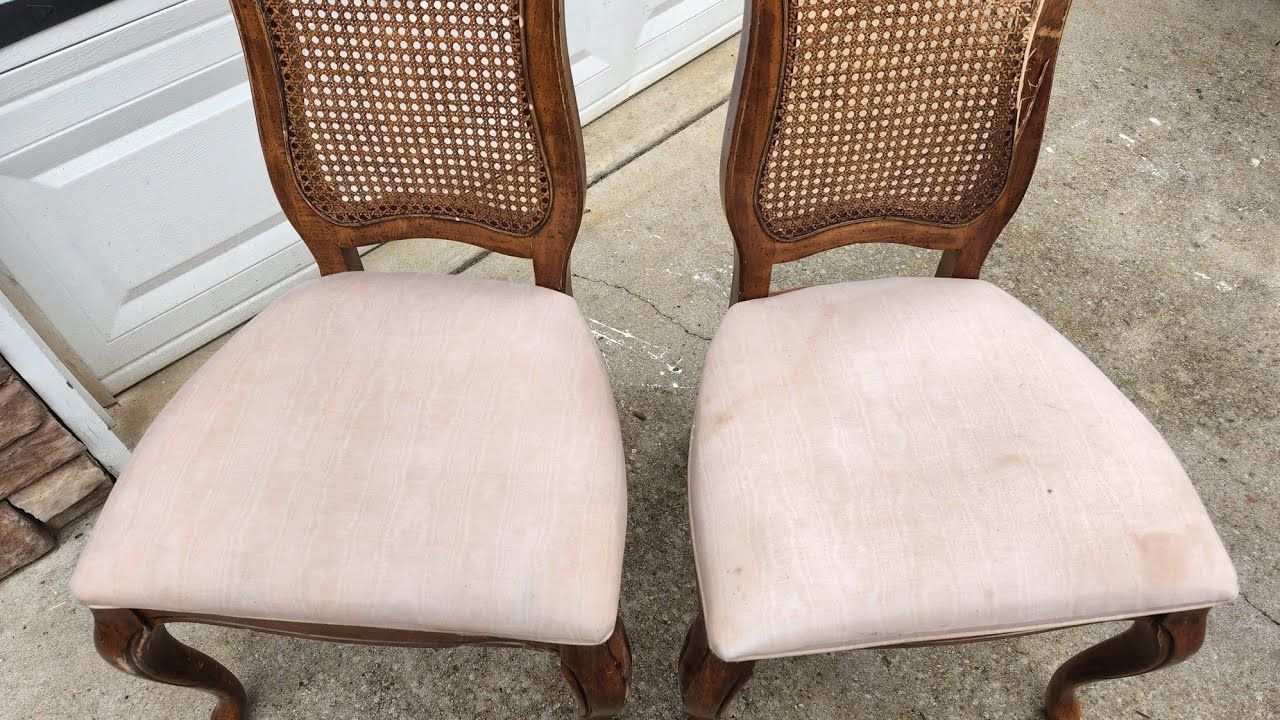
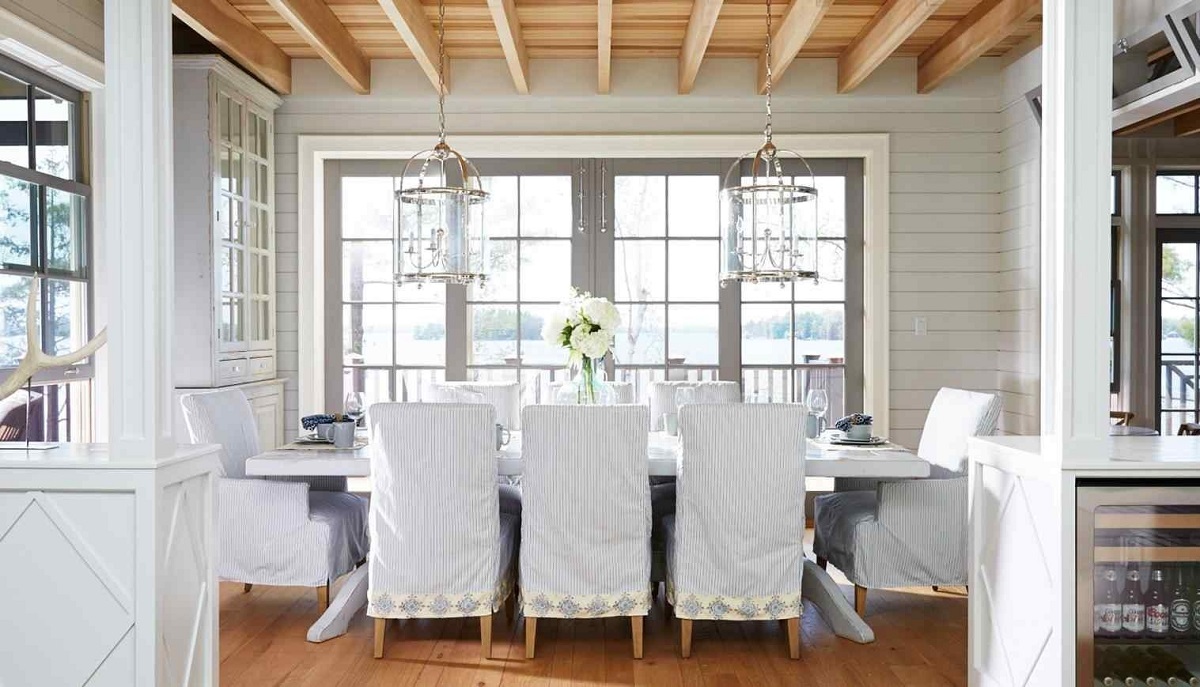


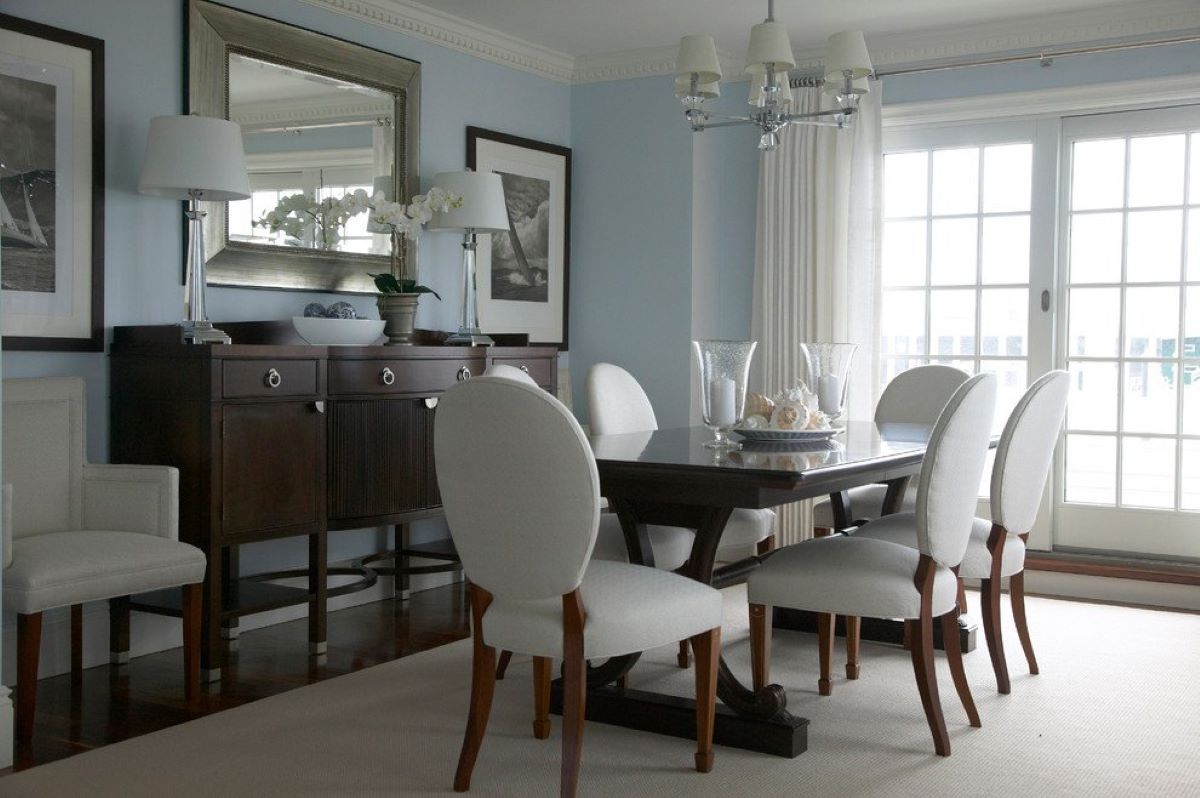
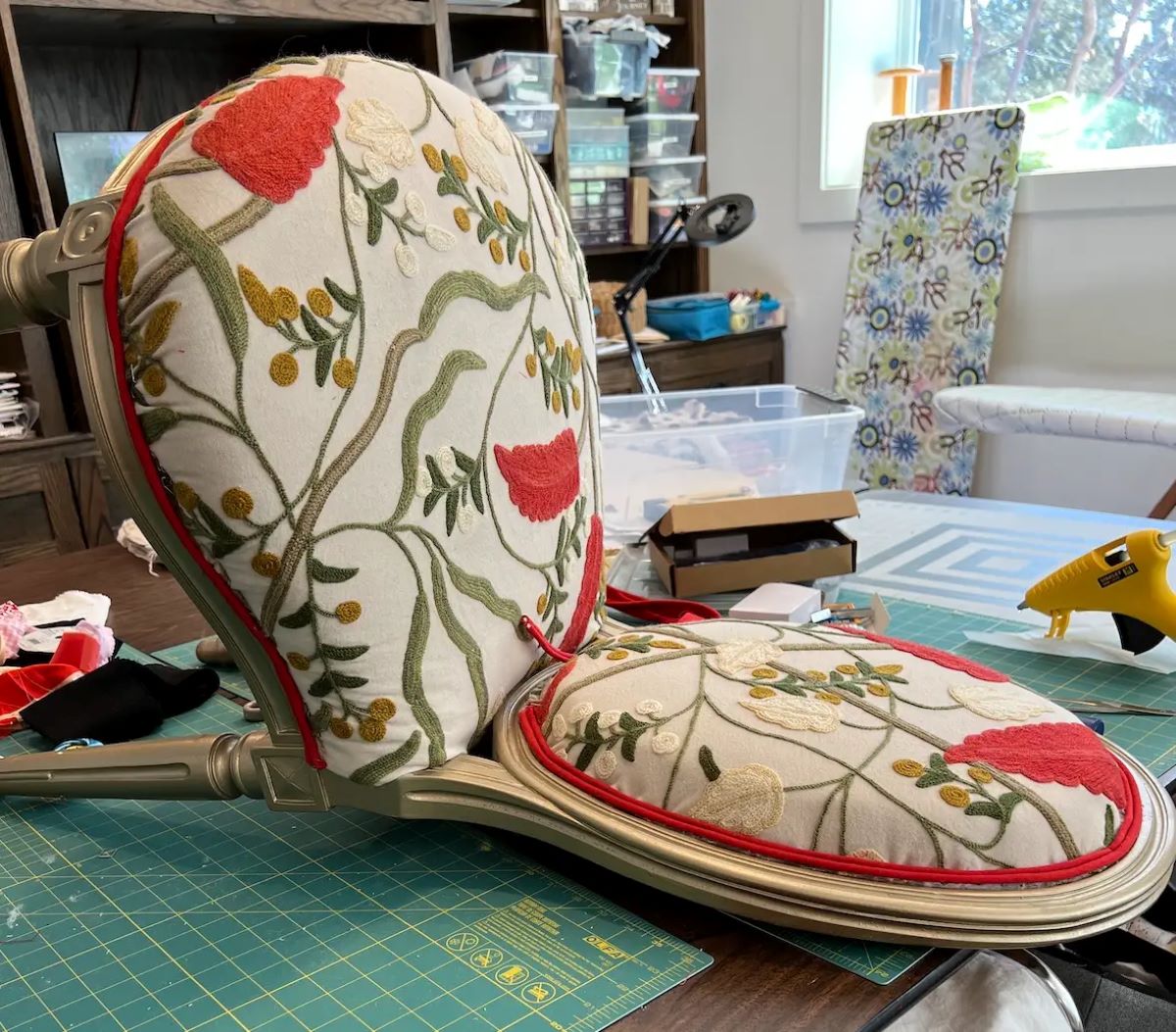
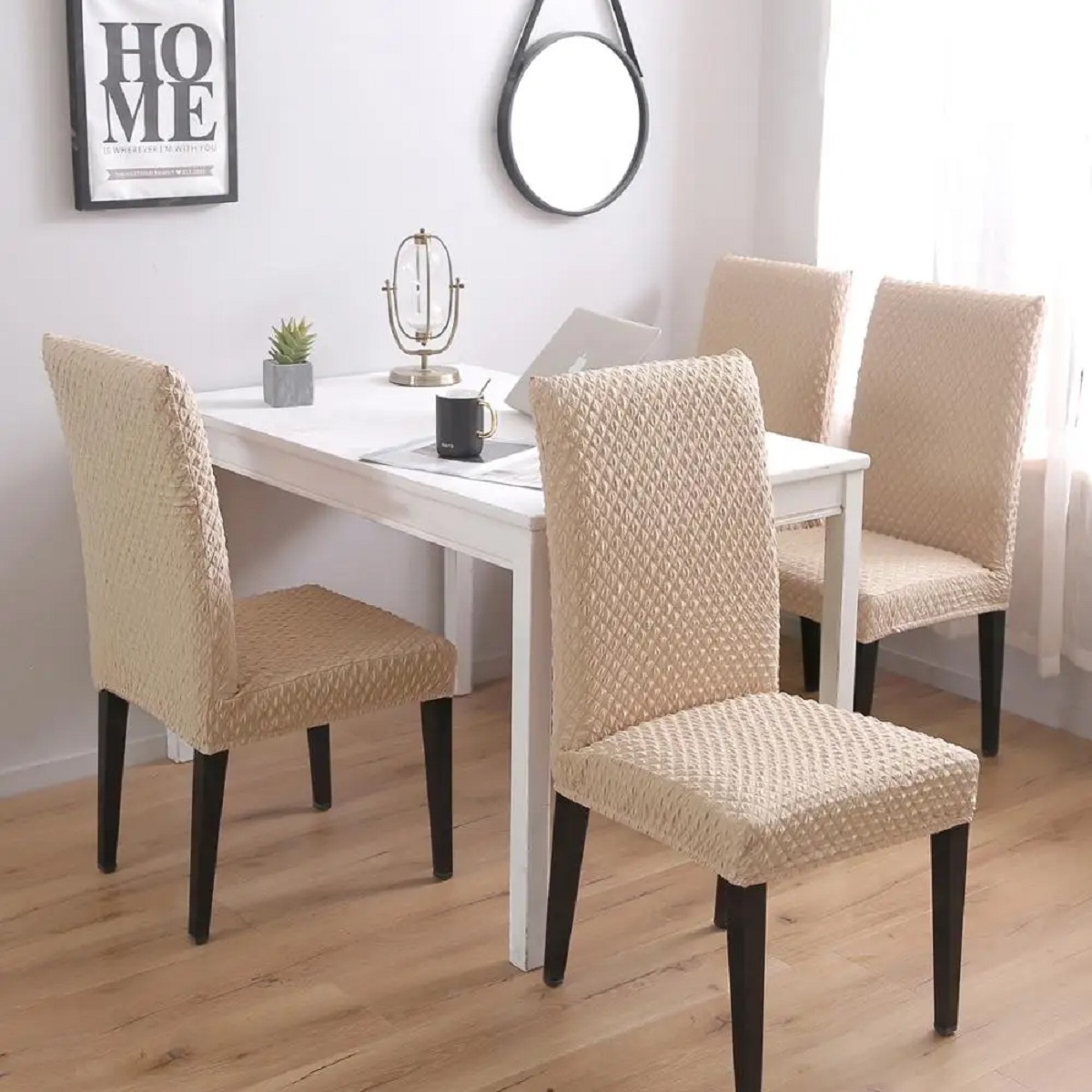
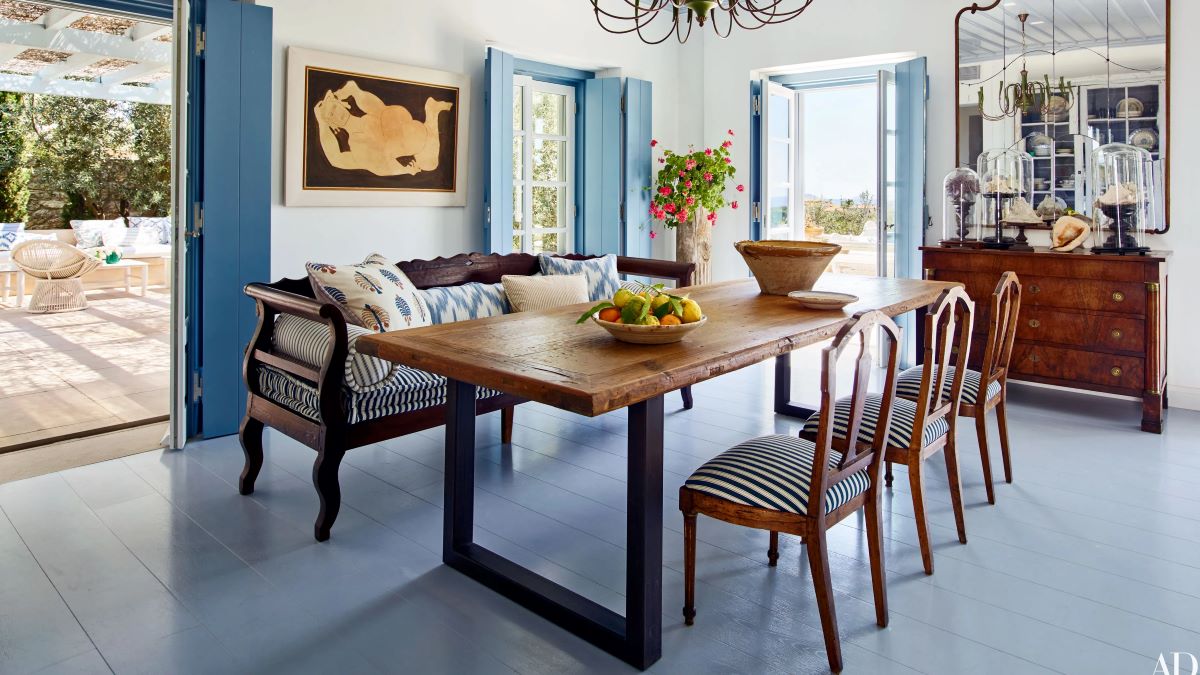

0 thoughts on “How To Pick Dining Room Chairs”